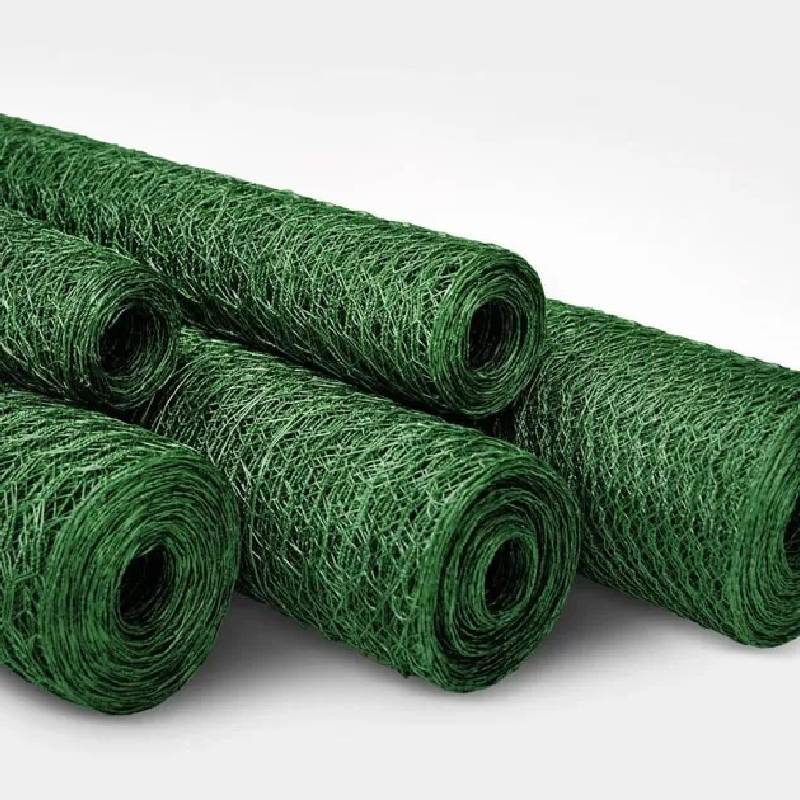
- Mobile Phone
- +8613931874955
- sales@cntcmetal.com
Understanding the Mechanics and Applications of Straight Torsion Springs in Engineering
Understanding Straight Torsion Springs Design, Function, and Applications
Straight torsion springs are a type of mechanical component that plays a crucial role in various applications across multiple industries. They are designed to provide resistance to rotational force, offering the ability to store and release energy when subjected to torsional loads. This article will delve into the fundamentals of straight torsion springs, their design characteristics, operational mechanisms, and practical applications.
What is a Straight Torsion Spring?
A straight torsion spring is characterized by its unique spiral or helical shape that allows it to store energy when twisted about its axis. The spring exerts a torque that opposes the applied force, making it an essential element in mechanisms that require controlled motion. Unlike compression or extension springs, which work axially, torsion springs function by twisting, making them suitable for applications where rotational motion is desired.
Design Characteristics
The design of a straight torsion spring involves several critical factors
1. Material Composition Torsion springs are typically made from high-carbon steel, stainless steel, or other alloys that can withstand repeated twisting cycles. The choice of material affects the spring's strength, durability, and fatigue resistance.
2. Wire Diameter The thickness of the wire used in the spring’s construction significantly impacts its torque capacity. A thicker wire can handle more load but may also make the spring stiffer and less flexible.
3. Spring Diameter The coil diameter influences how the spring behaves under load. A larger diameter can affect the spring's elasticity and the amount of torque it can store.
4. Number of Turns The number of coils or helixes in a torsion spring affects its overall performance. More turns can enhance the spring's ability to twist, but they also need to be calculated carefully to avoid excessive stress.
5. End Shapes The ends of a torsion spring can be formed in various shapes (such as hooks, loops, or straight ends) depending on the application's requirements and how the spring will be mounted.
Operating Mechanism
When a straight torsion spring is twisted, it stores potential energy in the form of mechanical energy. The amount of torque exerted by the spring is directly proportional to the angle of twist and the spring's design parameters. The basic formula to calculate the torque (T) produced by the spring can be expressed as
straight torsion spring

\[ T = k \times \theta \]
Where - \( T \) = torque (Nm) - \( k \) = spring constant (Nm/rad), which depends on the material and dimensions of the spring - \( \theta \) = angle of twist (radians)
This relationship illustrates how designers can manipulate spring dimensions and material to achieve desired performance characteristics in specific applications
.Applications of Straight Torsion Springs
Straight torsion springs are widely used in various sectors due to their versatility. Some common applications include
1. Automotive Industry Torsion springs are often found in vehicle suspensions, seat mechanisms, and door latches. They help in absorbing shocks and providing a smooth ride.
2. Consumer Products Many household items, such as clothespins, mouse traps, and retractable pens, utilize torsion springs to facilitate their functioning. Their compact and efficient design is perfect for devices that require a snapping action.
3. Industrial Machinery Torsion springs play a vital role in counterbalancing loads in machinery and equipment, ensuring stability and consistent performance.
4. Aerospace and Defense In more advanced applications, torsion springs are incorporated into control surfaces and equipment that require precise motion and reliable performance under varying conditions.
5. Electronics In the electronics field, torsion springs are used in devices like switches and clutches, providing quick and reliable responsive actions.
Conclusion
Straight torsion springs are integral components in a variety of mechanical systems, providing a unique solution for energy storage and delivery through rotational movement. Their design, based on material properties and geometric configurations, allows them to excel in different environments, from automotive to consumer goods. Understanding the principles behind torsion springs not only expands knowledge in mechanical engineering but also encourages innovation across diverse fields, leading to the development of newer, more efficient technologies.
share:
-
The Ultimate Solution for Display Needs: Wire Grid PanelsNewsMay.06,2025
-
The Ultimate Guide to Galvanized Steel WireNewsMay.06,2025
-
Iron Binding Wire: The Ideal Solution for Your NeedsNewsMay.06,2025
-
Explore the Strength and Versatility of Galvanized Welded Wire FabricNewsMay.06,2025
-
Discover the Durability and Versatility of PVC Galvanized WireNewsMay.06,2025
-
Discover Quality China Stainless Steel Wire MeshNewsMay.06,2025
-
Understanding Wall Ties: Types and ImportanceNewsApr.28,2025



















